“The poor foreigner,’ he said, ‘has been acquainted with our grasslands but for four short days.’
‘We must pity him,’ said the old man with feeling.
‘How hard it must be,’ commented the woman, ‘not to be born a Mongolian.’
‘To be sure,’ said the old man, ‘the fellow is most unfortunate. But how blessed he is to have found his way to us!”
Fritz Mühlenweg
After clearing Russian emigration, we entered Mongolia. Outside the train window we viewed very little in the dark until we reached a small, well lit building. As we passed it, we saw a sign for Mongolia Customs. On the platform a small group of Mongolian soldiers, saluted our train as it passed, making for a very memorable welcome to the country.
Mongolia, in terms of land size, is the 18th largest country in the world, three times the size of France, two times the size of Texas. However, only three million live here, a third in the capital city of Ulaanbaatar, where we left the train at 6:50 this morning. By 6:56, we located our guide, Bai, on the train station platform, walked to van, loaded it up, and headed straight for the money exchange office.
One hundred US dollars buys you 264,000 Mongolian togrogs. Roughly, knock off the three zeros, divided by three to convert them to dollars. They bought our remaining Russian rubles, 100 Euros, and 100 US dollars, resulting in us having about $250 in togrogs to spend in cash for the next four days. The conversion stuffs my wallet, nearly making me a millionaire in togrogs. The money stays here, you cannot buy or sell it once you leave.
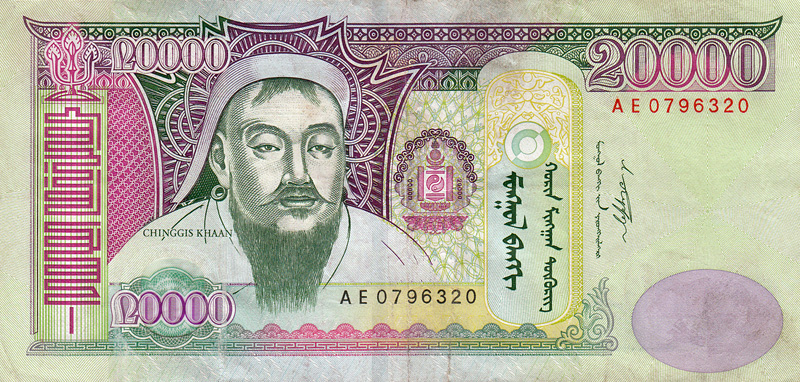
If you can visualize Las Vegas, take away the casinos, you have the general layout of the capital city, dry, flat, and surrounded by brown mountains. Rainfall is less than ten inches a year. Older buildings constructed during the Soviet era share the city with newer, modern buildings. New construction abounds, with construction cranes spotted frequently. The morning rush hour traffic was both heavy and chaotic.

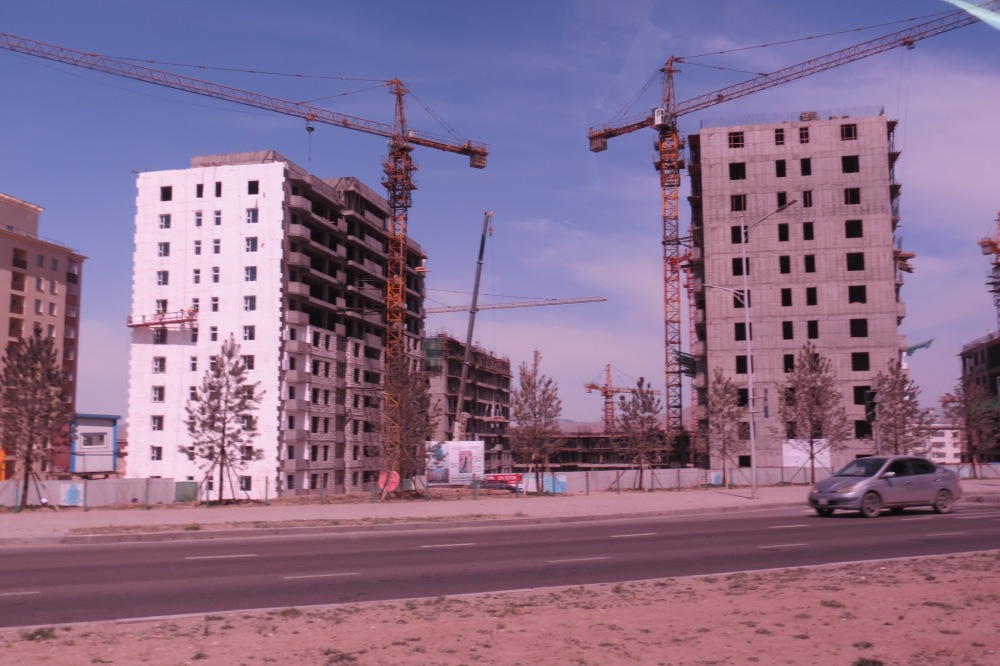
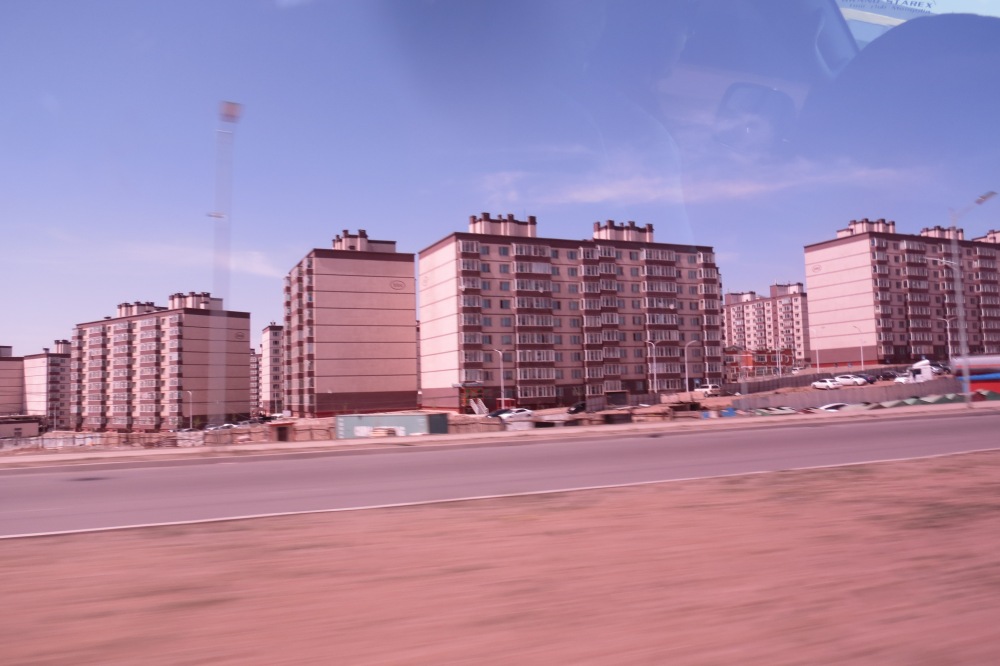
Ulaanbaatar, means red heroes, a name earned by the city after the 1920 revolution, which placed the country under communist rule until the Soviet dissolution in 1989. Today she has a capitalist economy and a democratic government.
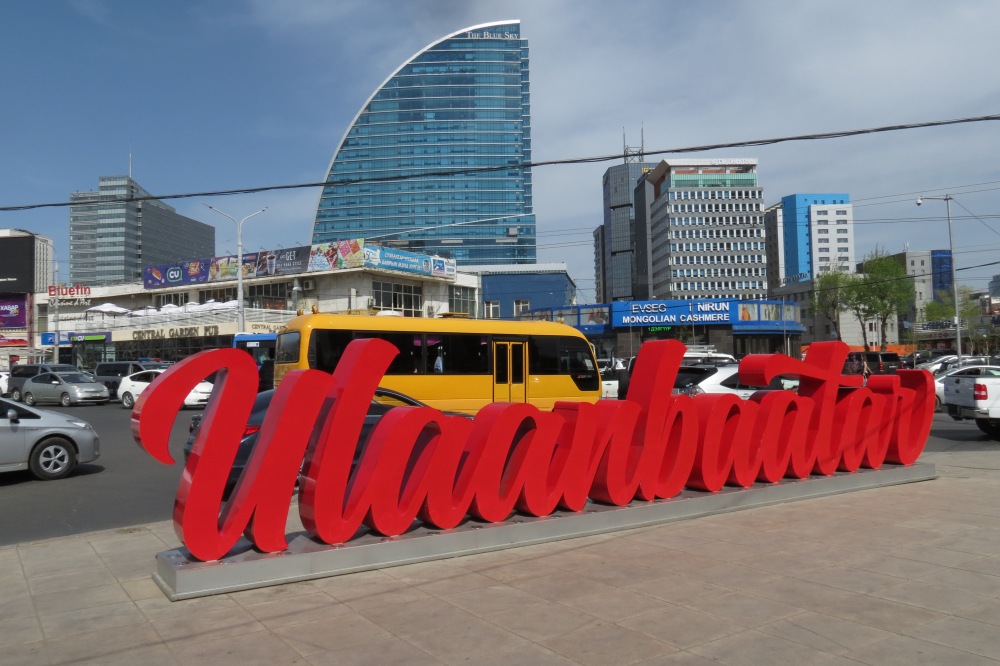
After exchanging the money and stopping at a Korean coffee house chain, Cafe Bene, that could be found in any major city in the world, we started the two hour drive to the Terelj National Park. With the dry sand whipped up by a strong wind, combined with automobile exhaust, electric generation fumes and other contaminates, the air quality showed a dirty haze, again much like you can find in Las Vegas on occasion during the summer.
Within minutes after leaving the city, we encountered more animals than we have seen during the entire two weeks in Russia. Horses, cows, sheep, and goats fill the dramatic rural landscape. The smog dissipated. The sun and blue skies provided the backdrop and the jagged mountains accompanied us to the National Park.

The Buddhist Mediation Temple, also known as the Avalokiteshvara Temple, showed us her steps from a distance like the trunk of an elephant. After the 1920 revolution, this temple along with nearly all other temples in the country were destroyed by the communist government. The same government also murdered 20,000 monks in an attempt to eradicate religion from the country. After the Soviet collapse, the country replicated the old temple, constructing this version about twenty years ago.

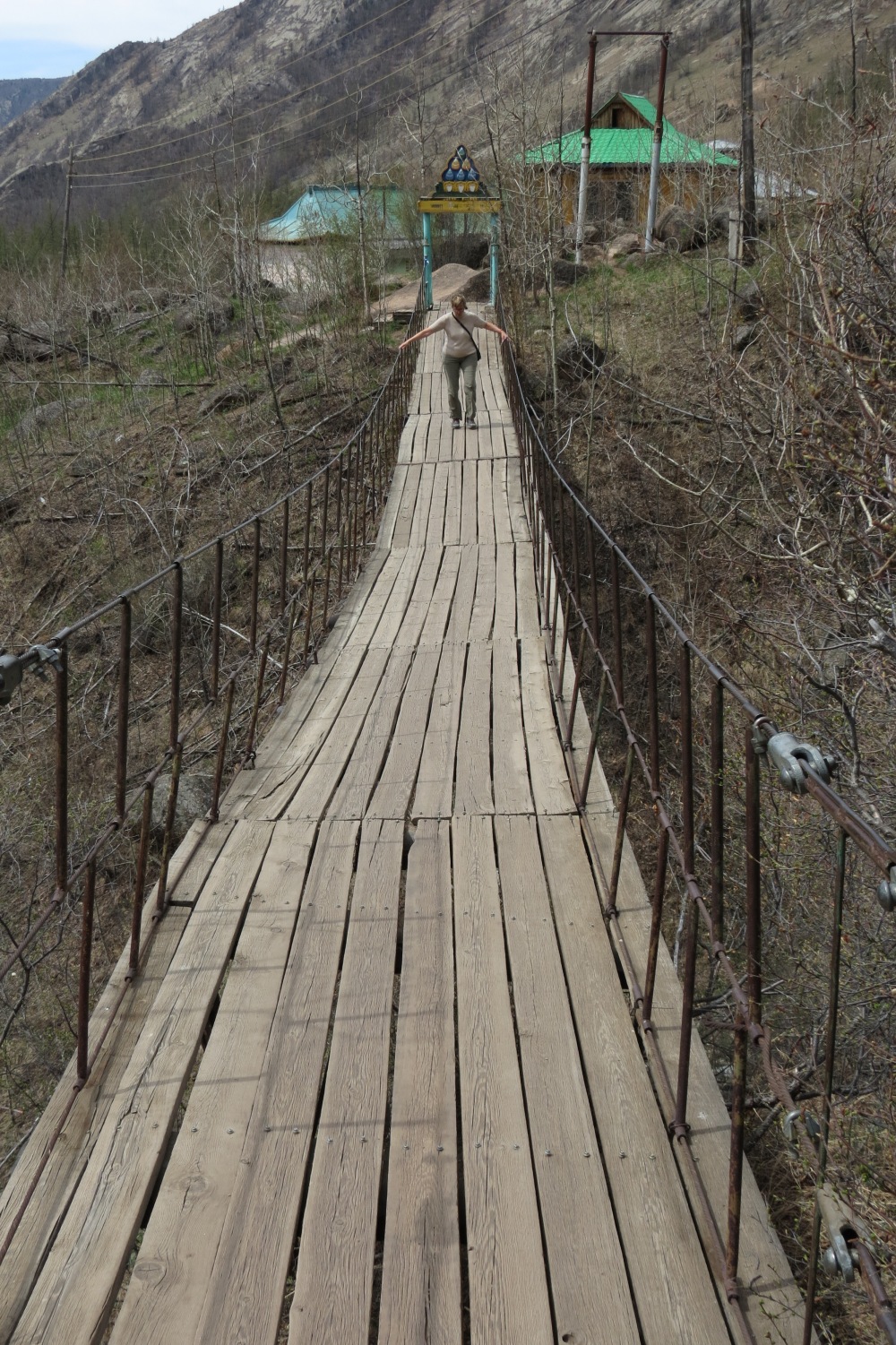
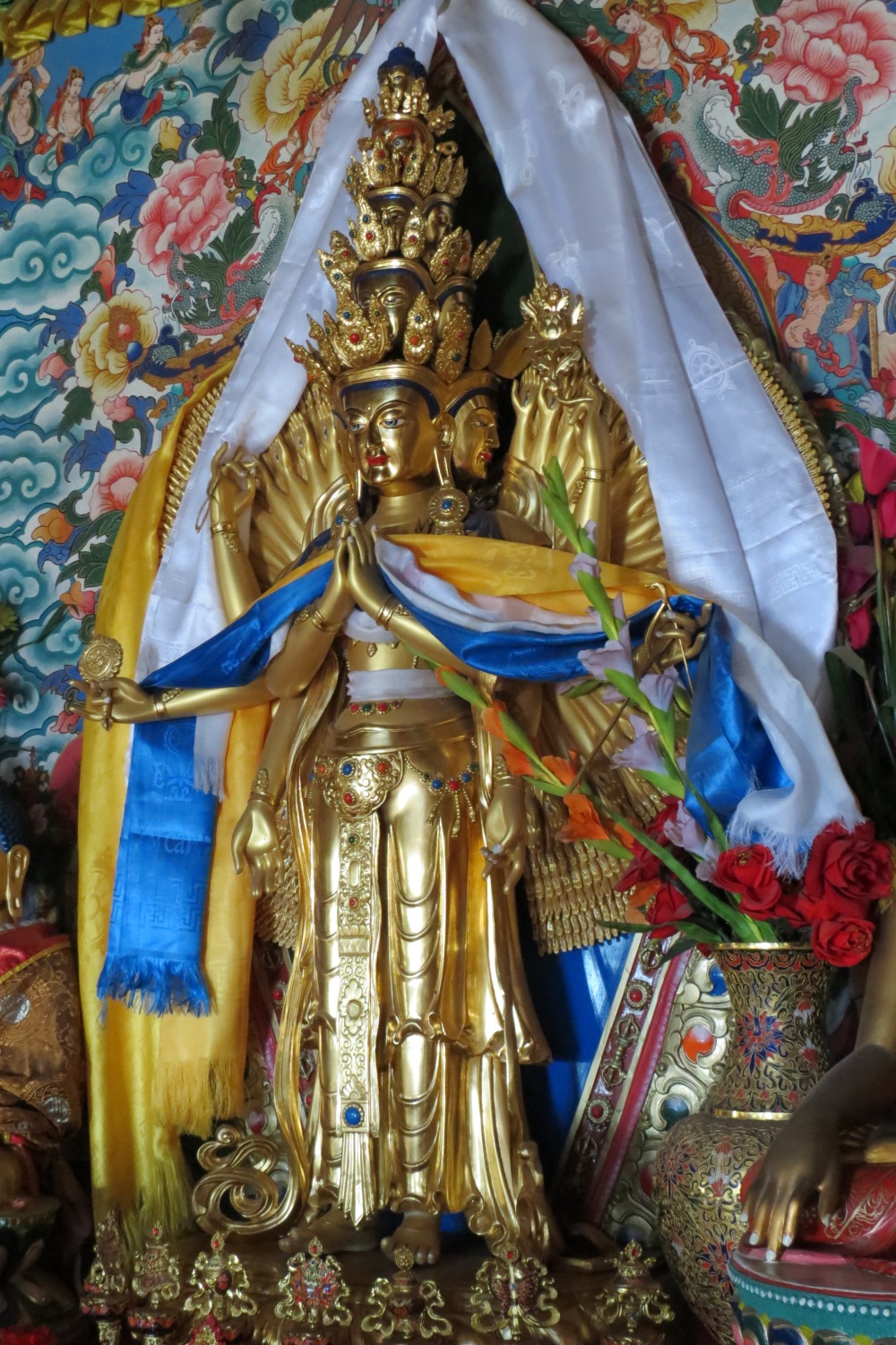
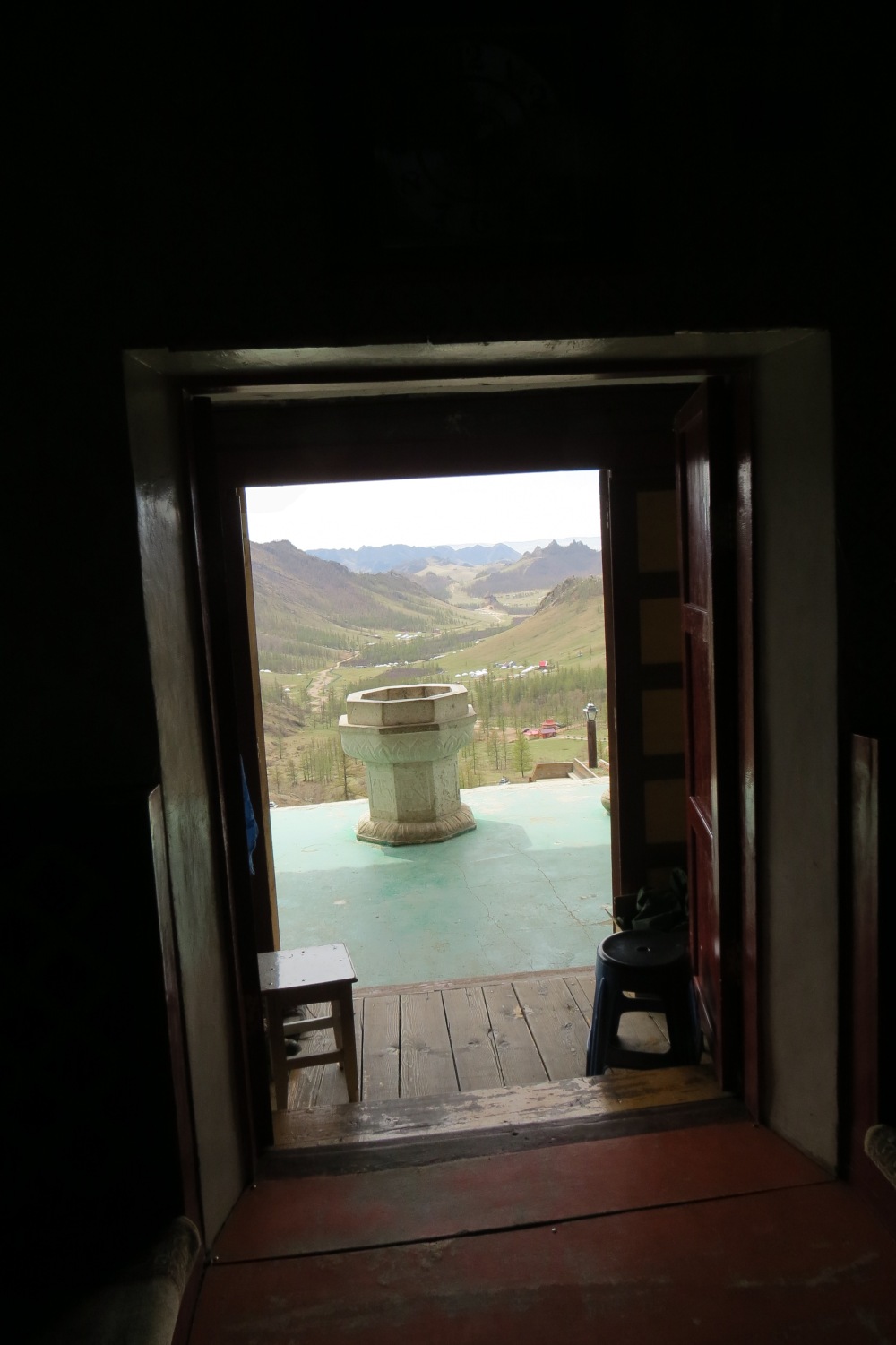
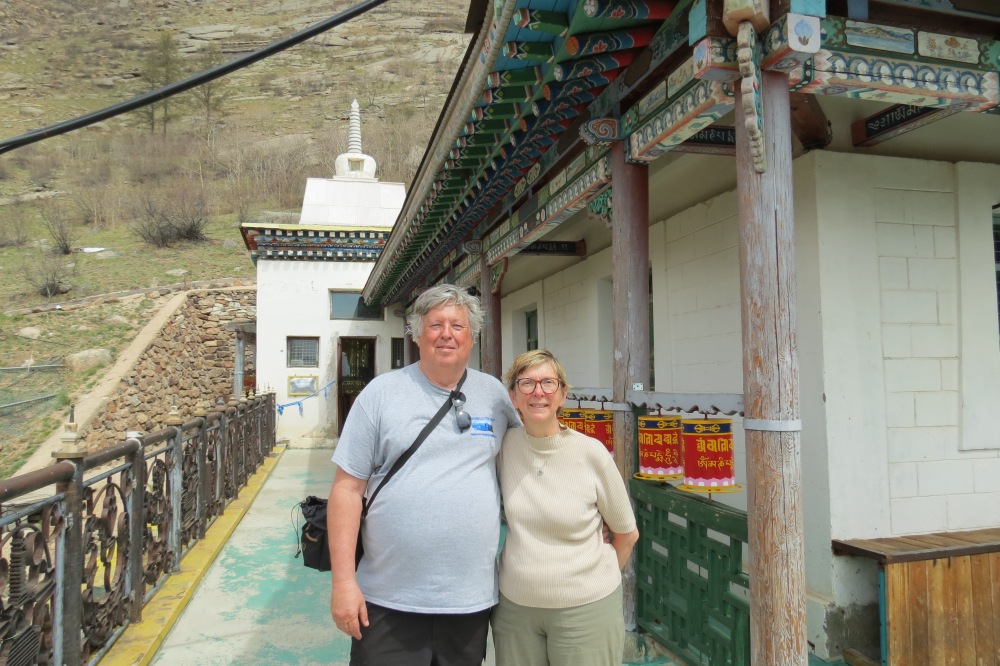
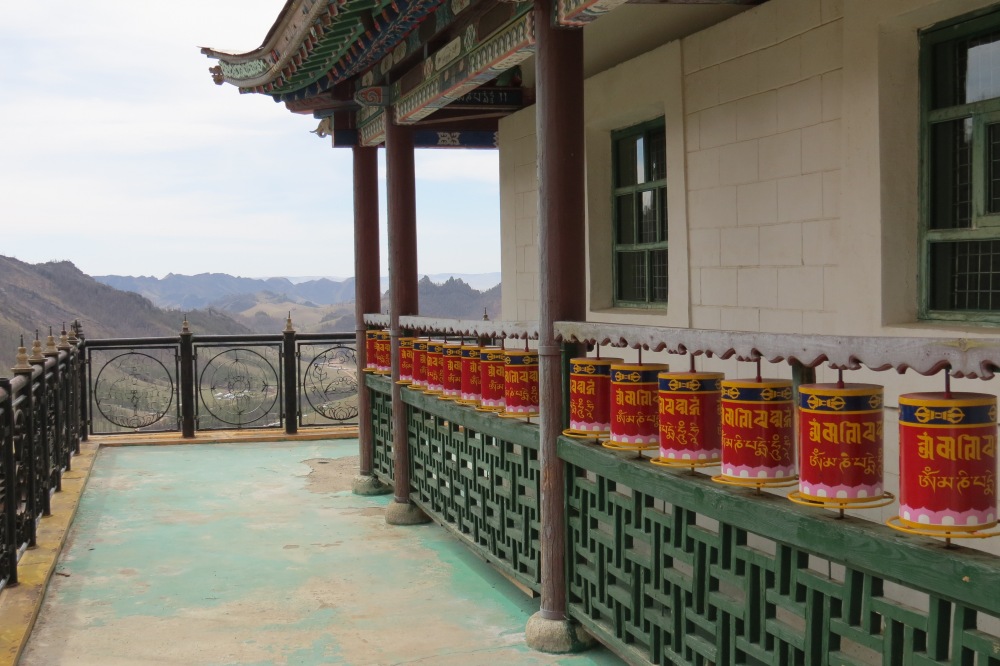
We checked into our accommodations inside the park, traditional Mongolian yurts at the Mirage Tourist Camp.
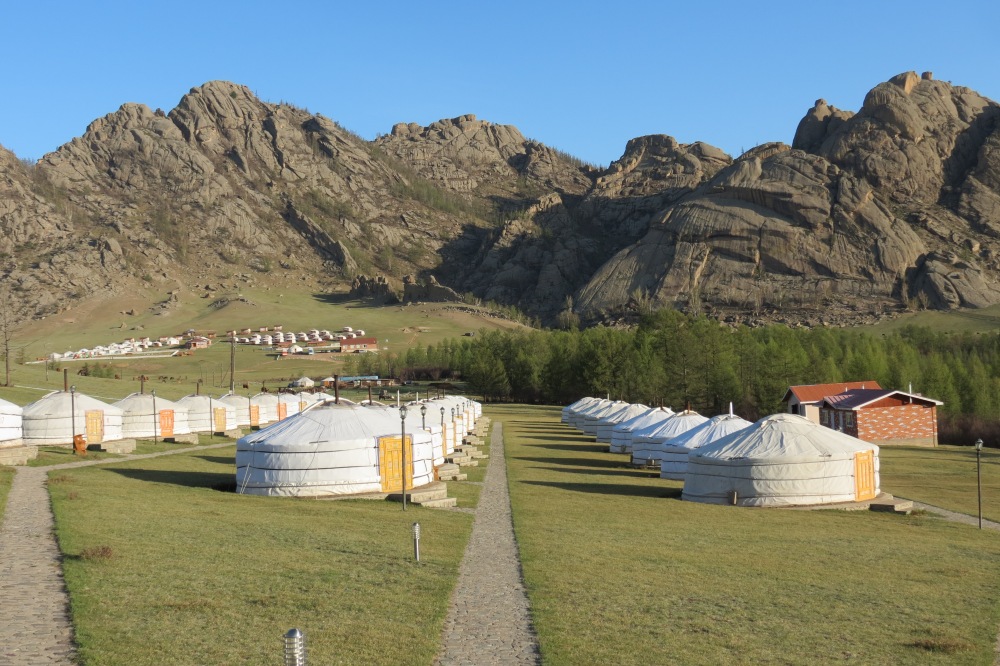

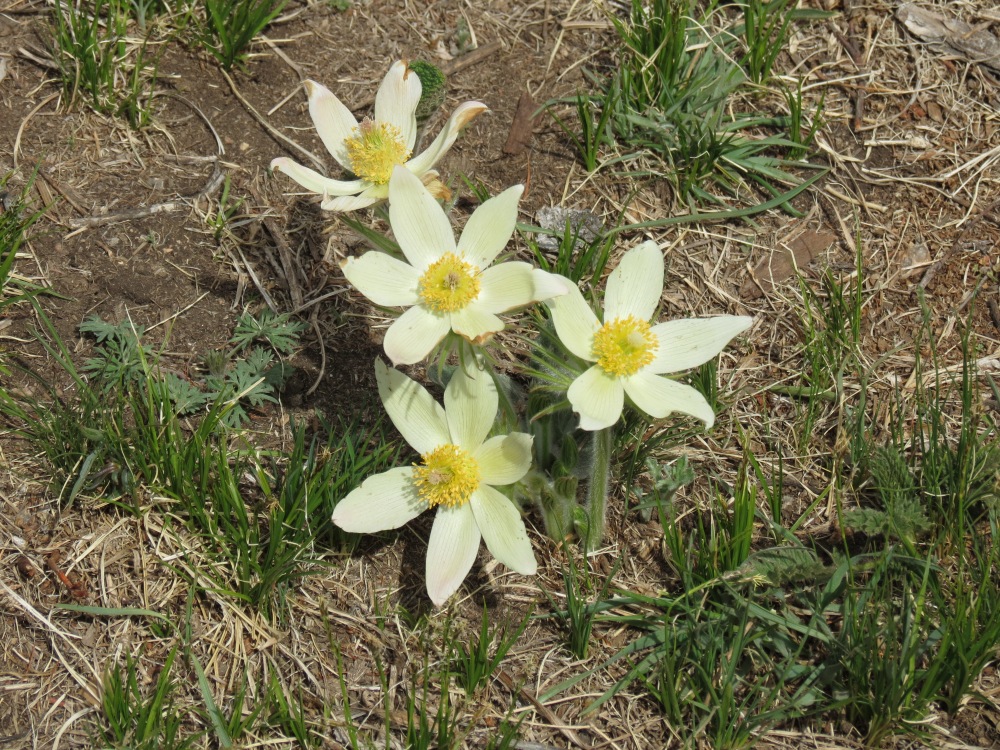
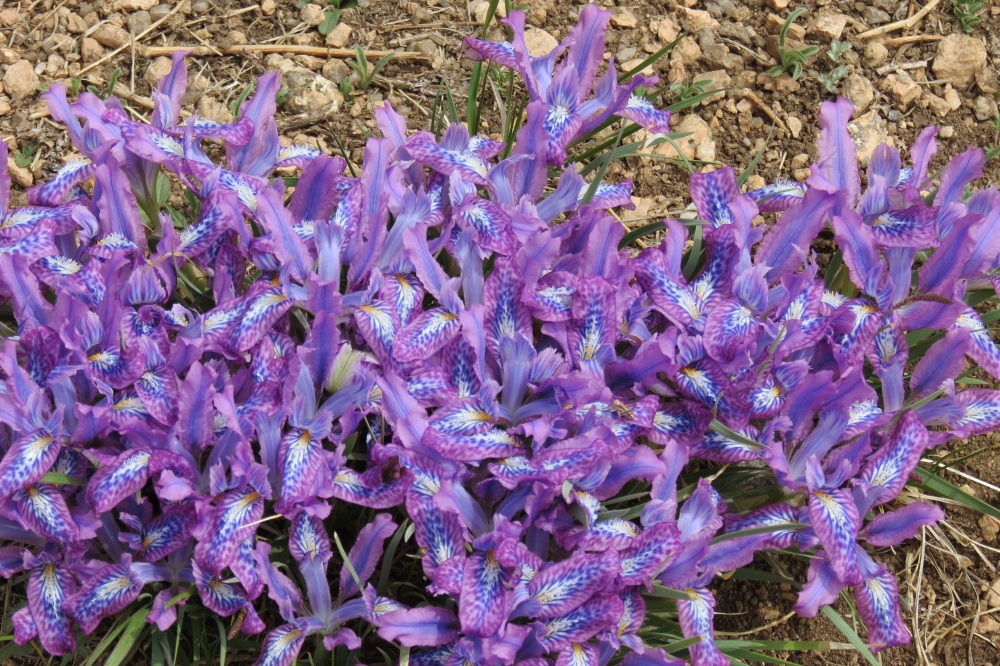
The facility’s restaurant provided us with a filling four course lunch before visiting the yurt of a Mongolian family, where they fed us snacks and allowed Sirpa to mount her first horse. More than twenty percent of the country still use yurts as their principal housing.
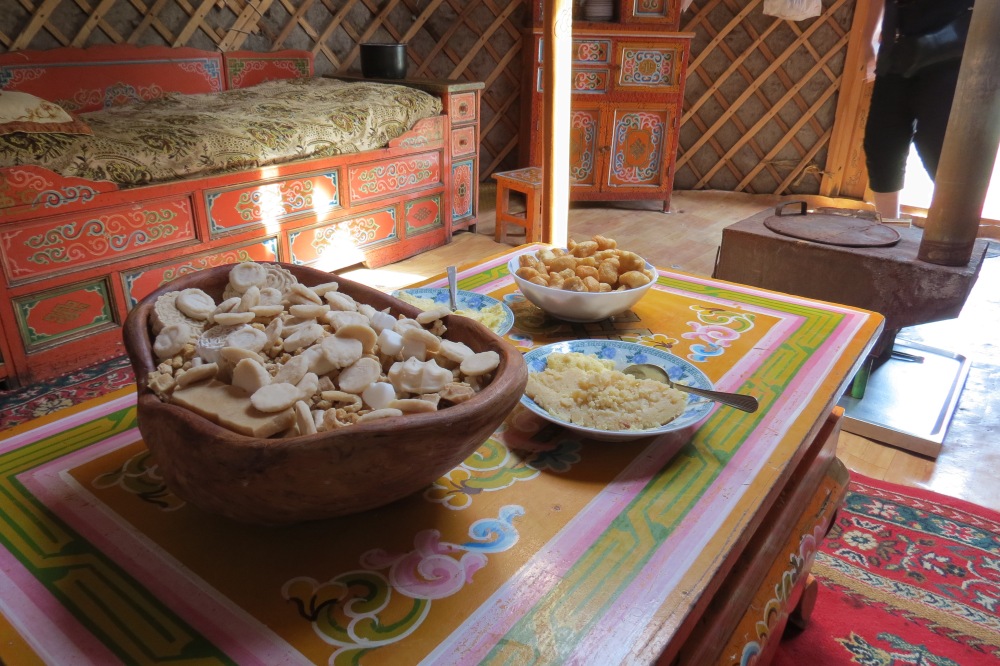
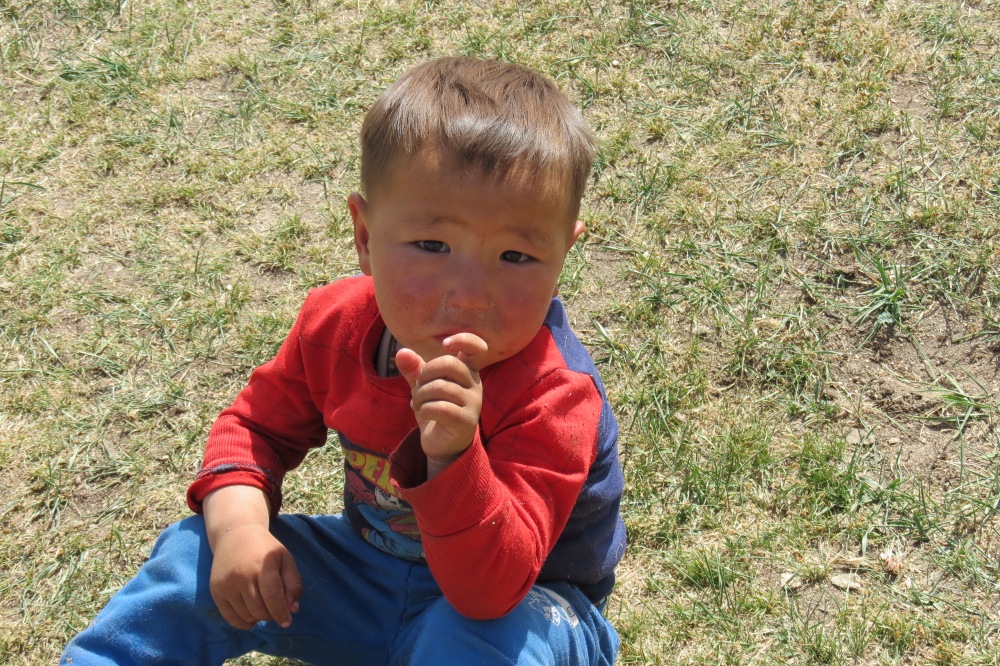
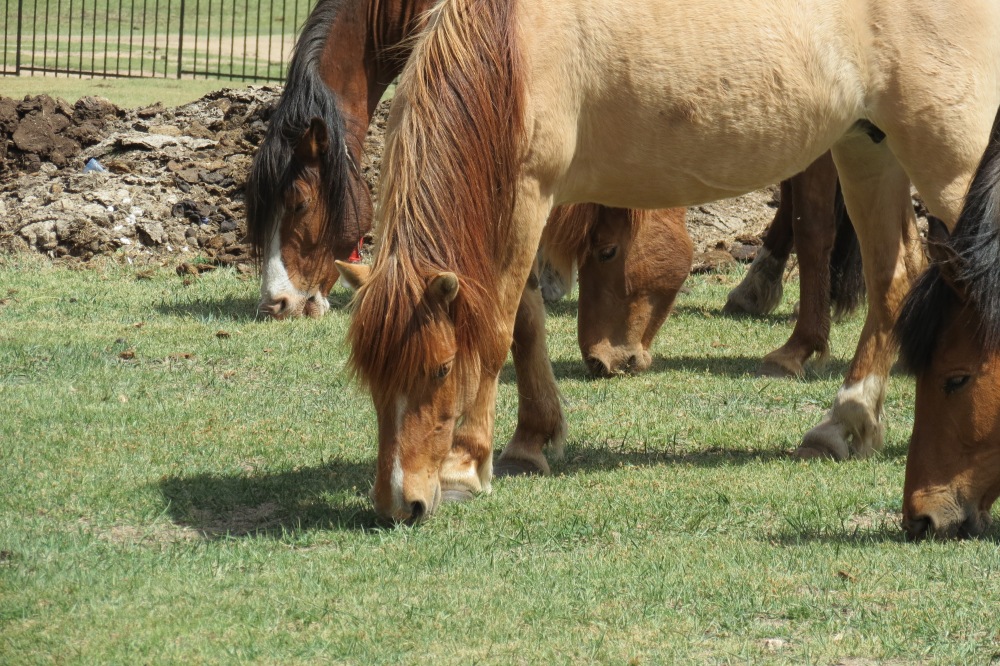
Bai, relieved to hear no vegetarians were amongst us, explained the diet in Mongolia heavily features meats and dairy. Vegans beware, it is like Lee Albright on steroids gone wild. Thank god there are no groundhogs here. Although we did find an ingredient for parking lot stew, below.
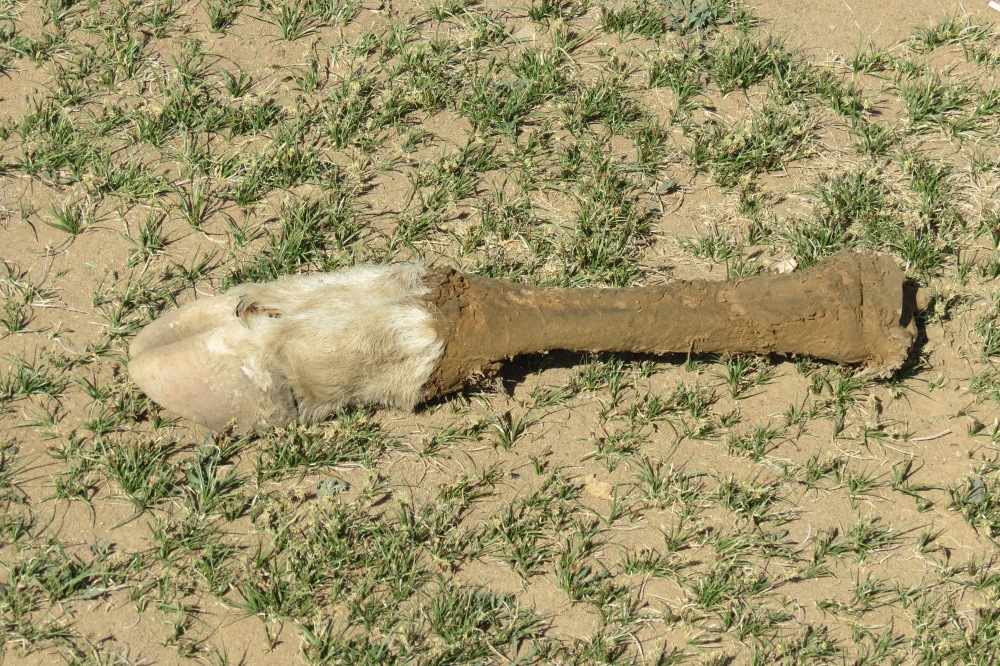
At dinner, a pint of beer sell for 4,000 togrogs, which I think is a US $1.50, maybe. Another hearty meal, this time a traditional Mongolian dumpling, beef encrusted with batter, we retreated to bed early.
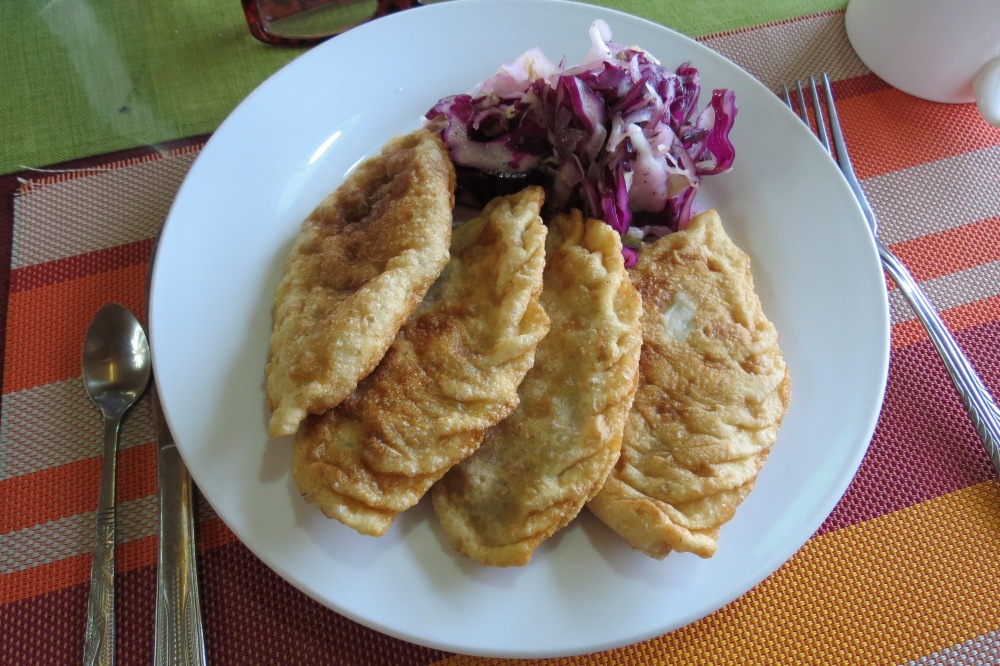
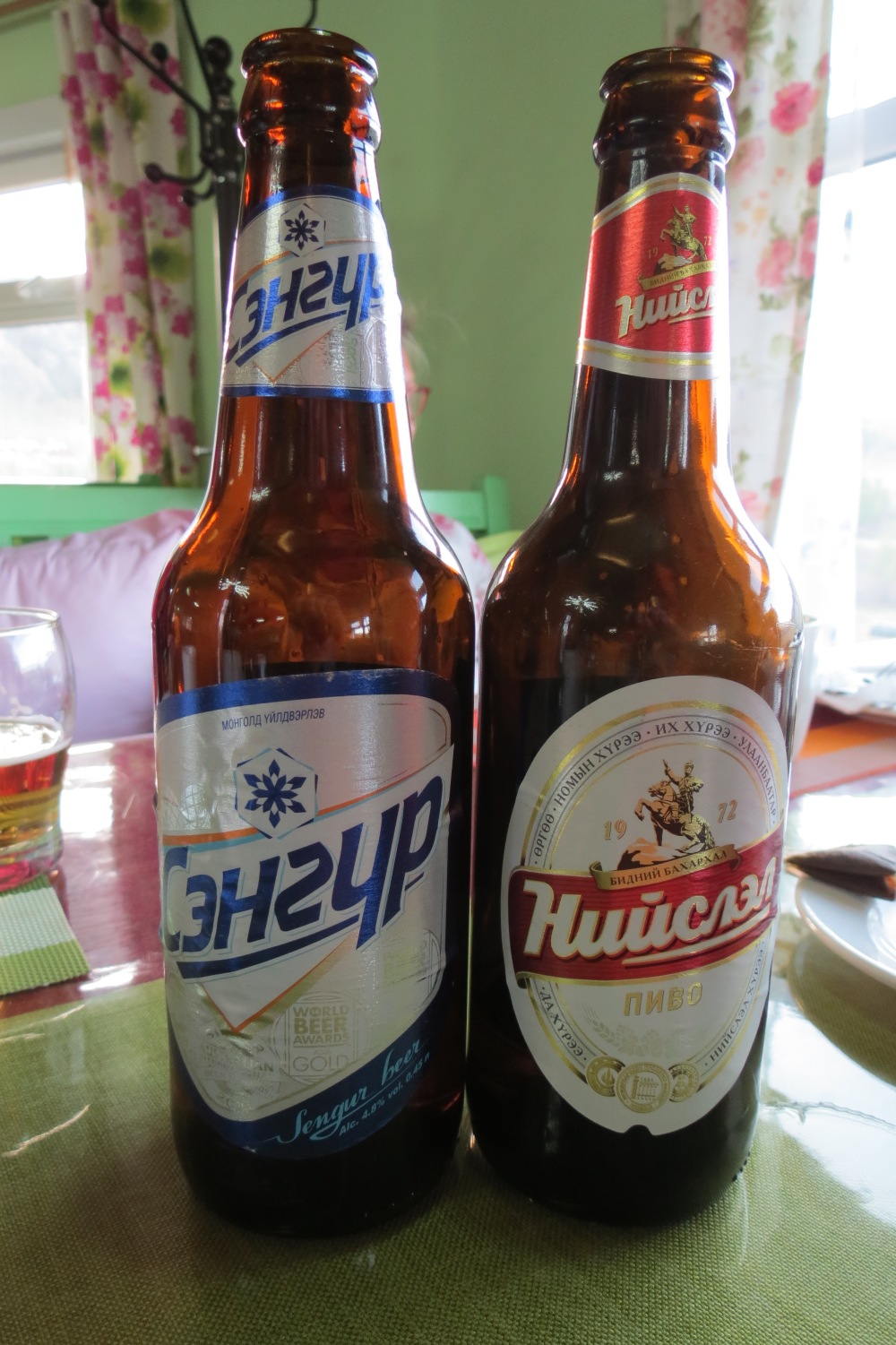
The quietness of this place surpasses Montebello. It rivals the quietest back country campsites I have ever visited in the Tetons or the North Rim of Big Bend. We return to the capital tomorrow for three nights. Hopefully urban Mongolia will impress us as much as rural Mongolia.
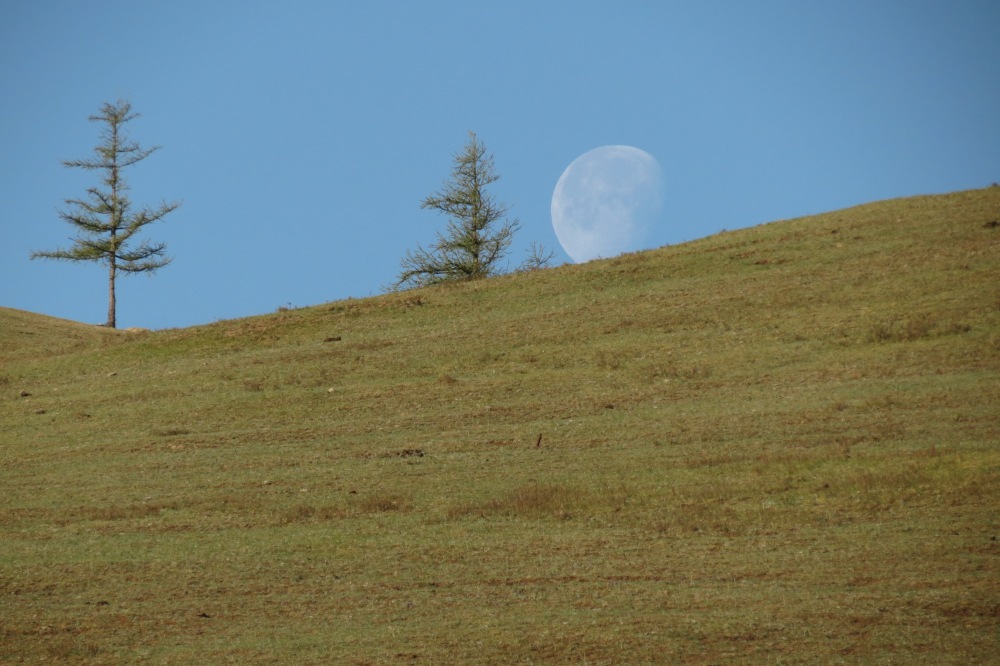
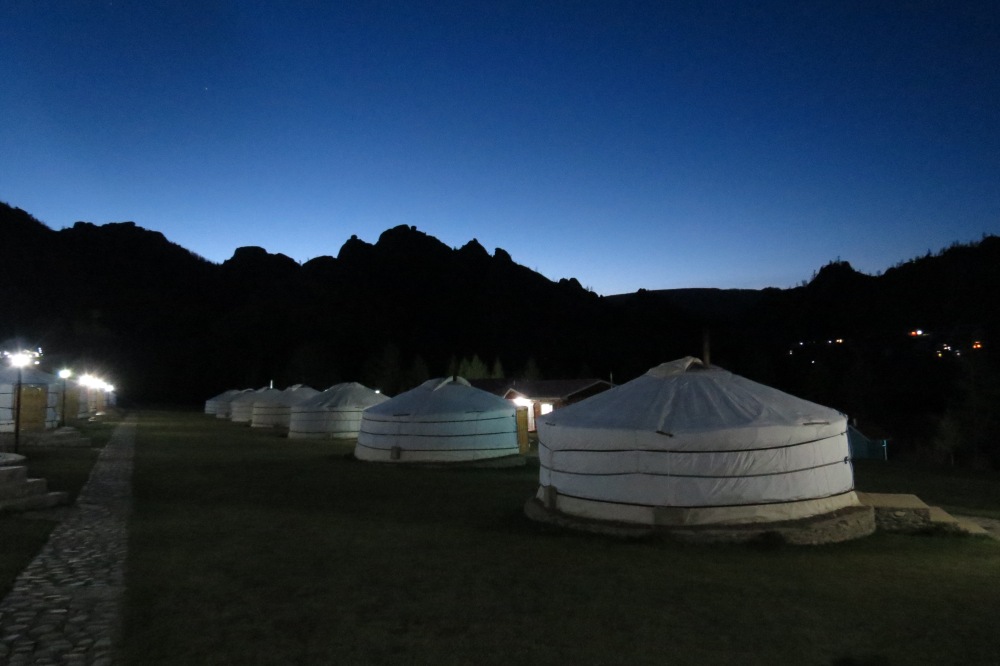
The roadside shrines promises safe travels.
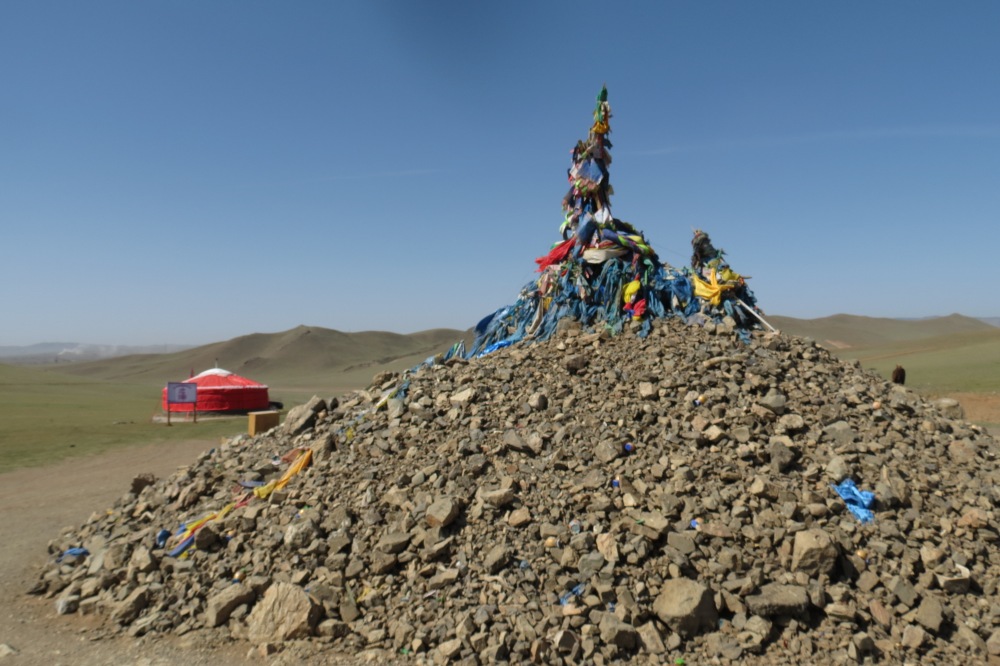
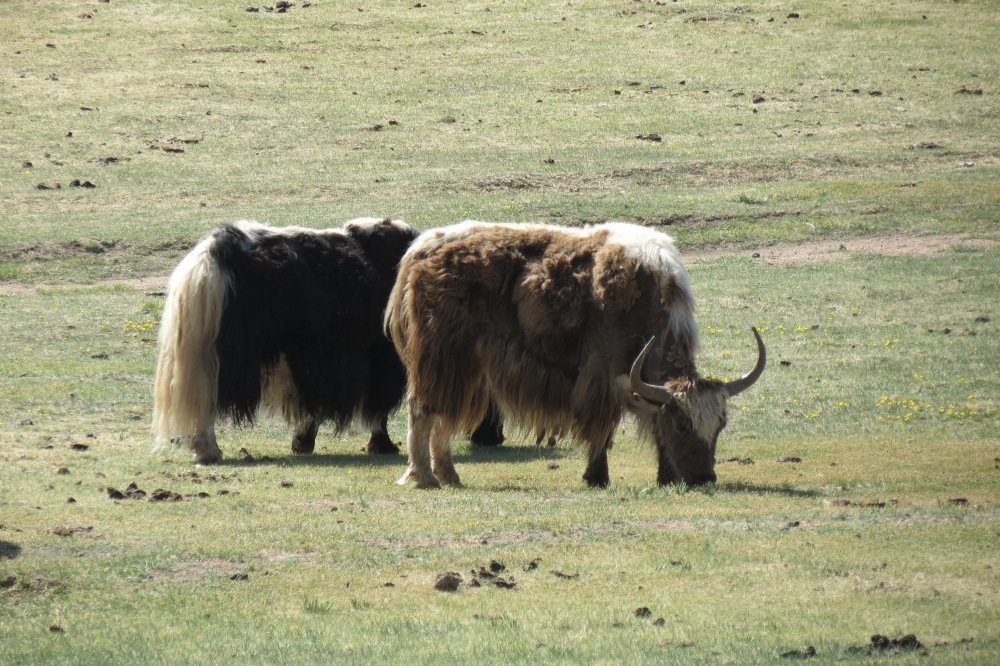
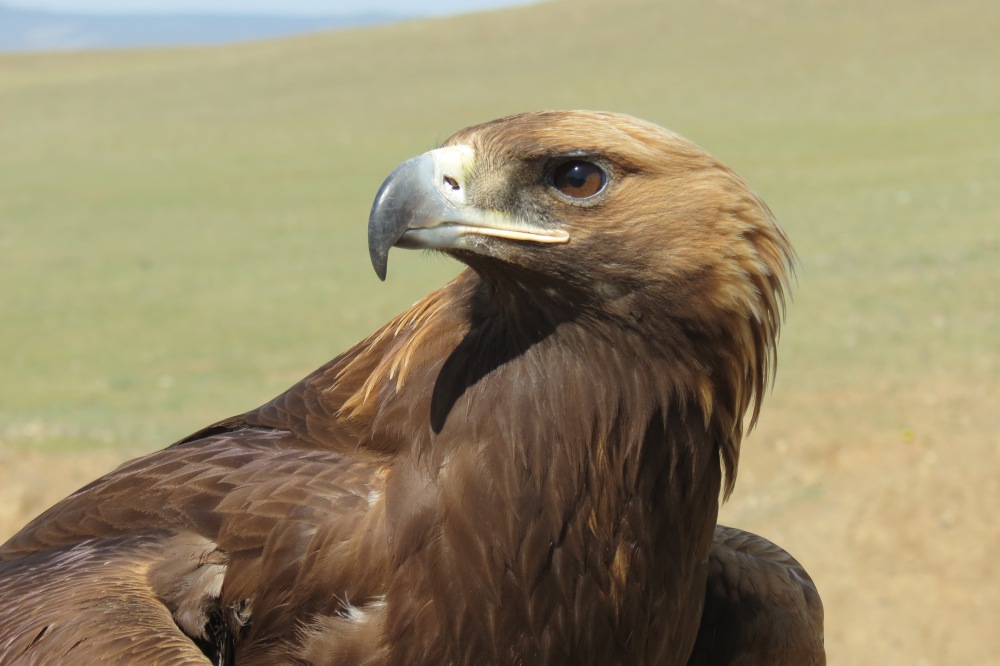
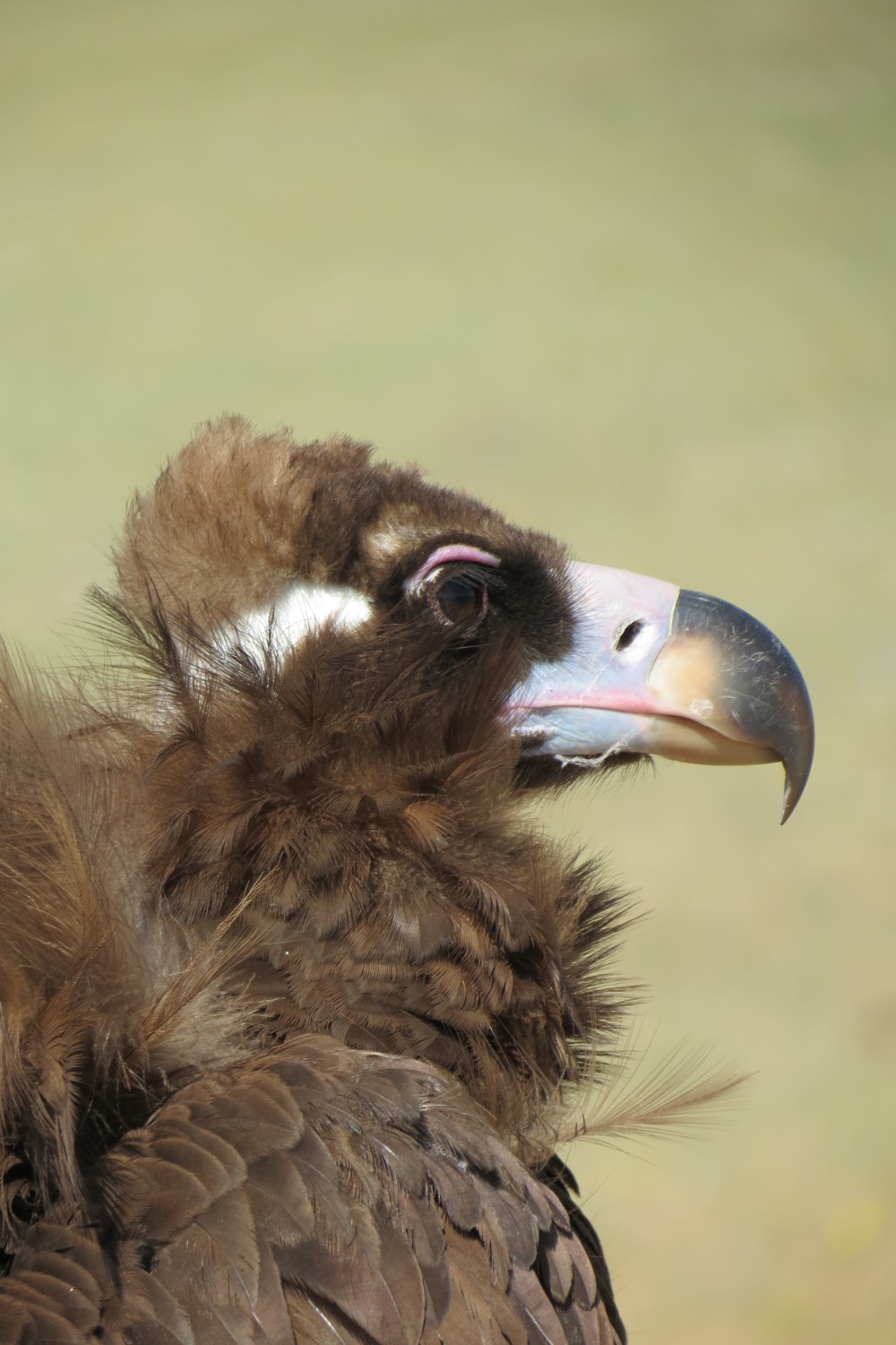
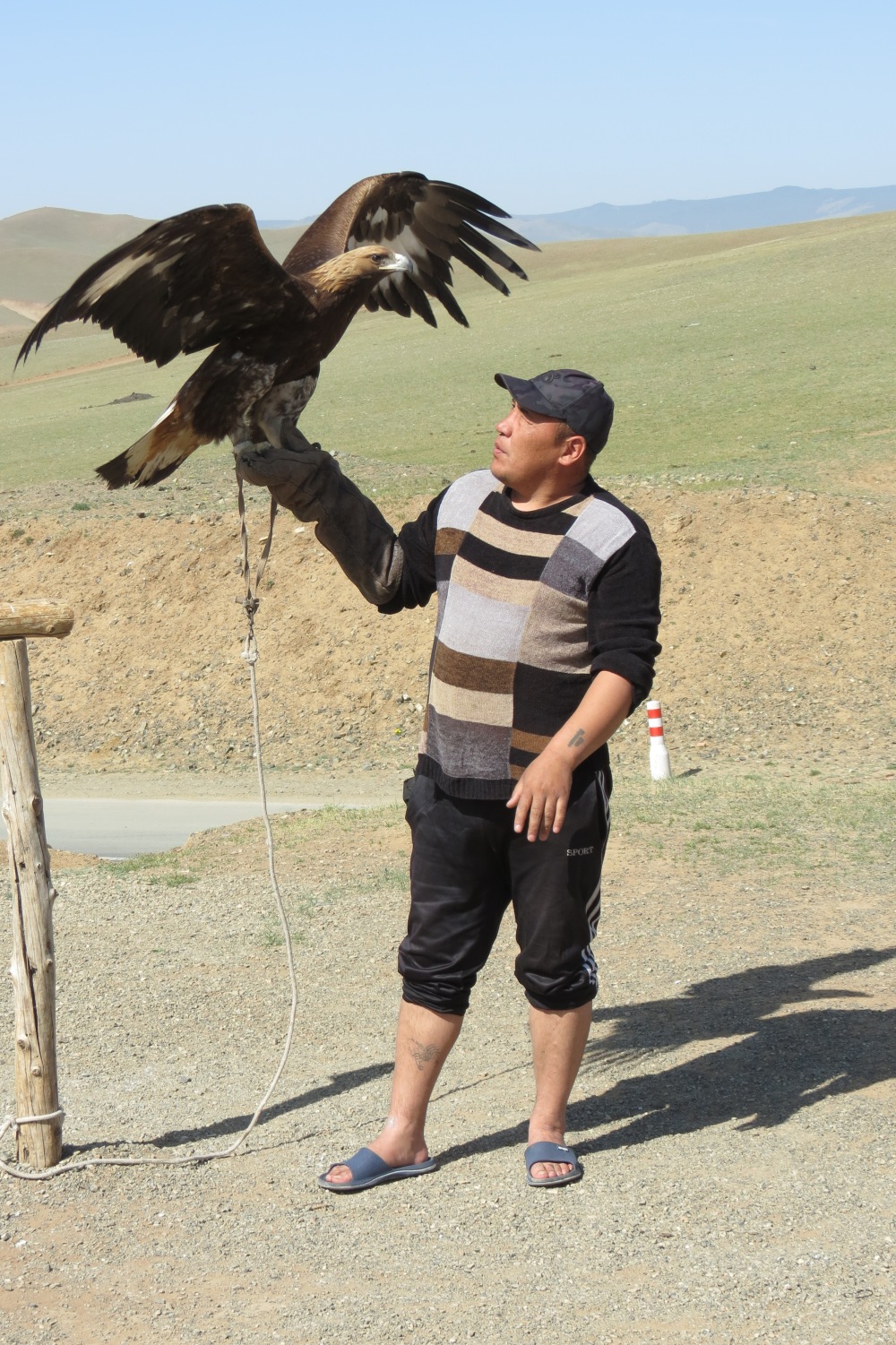
The 11 year old statue of Genghis Khan rises forty meters outside of the city.
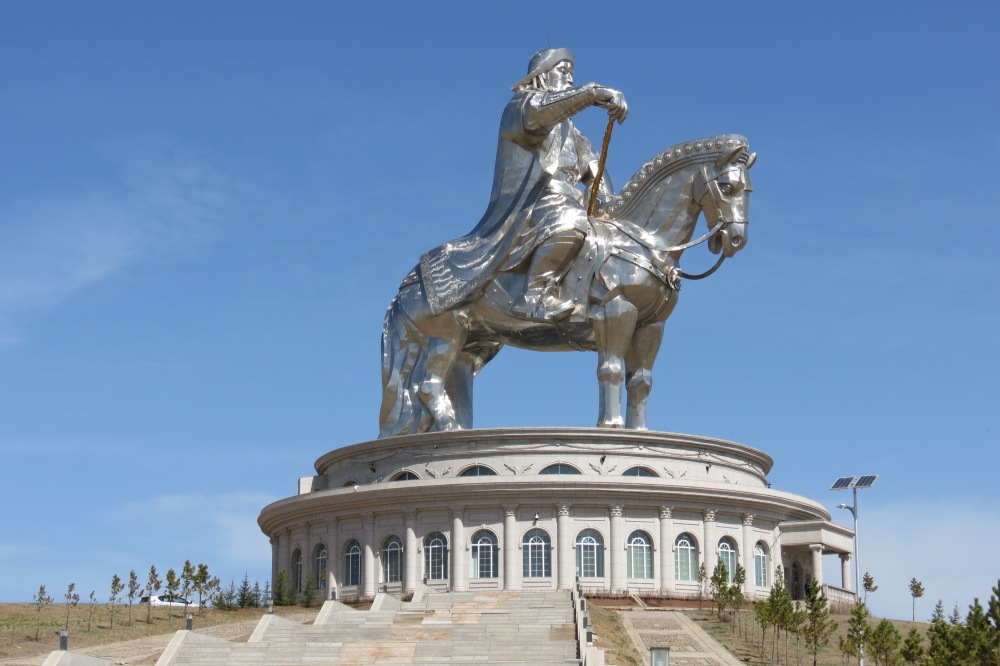
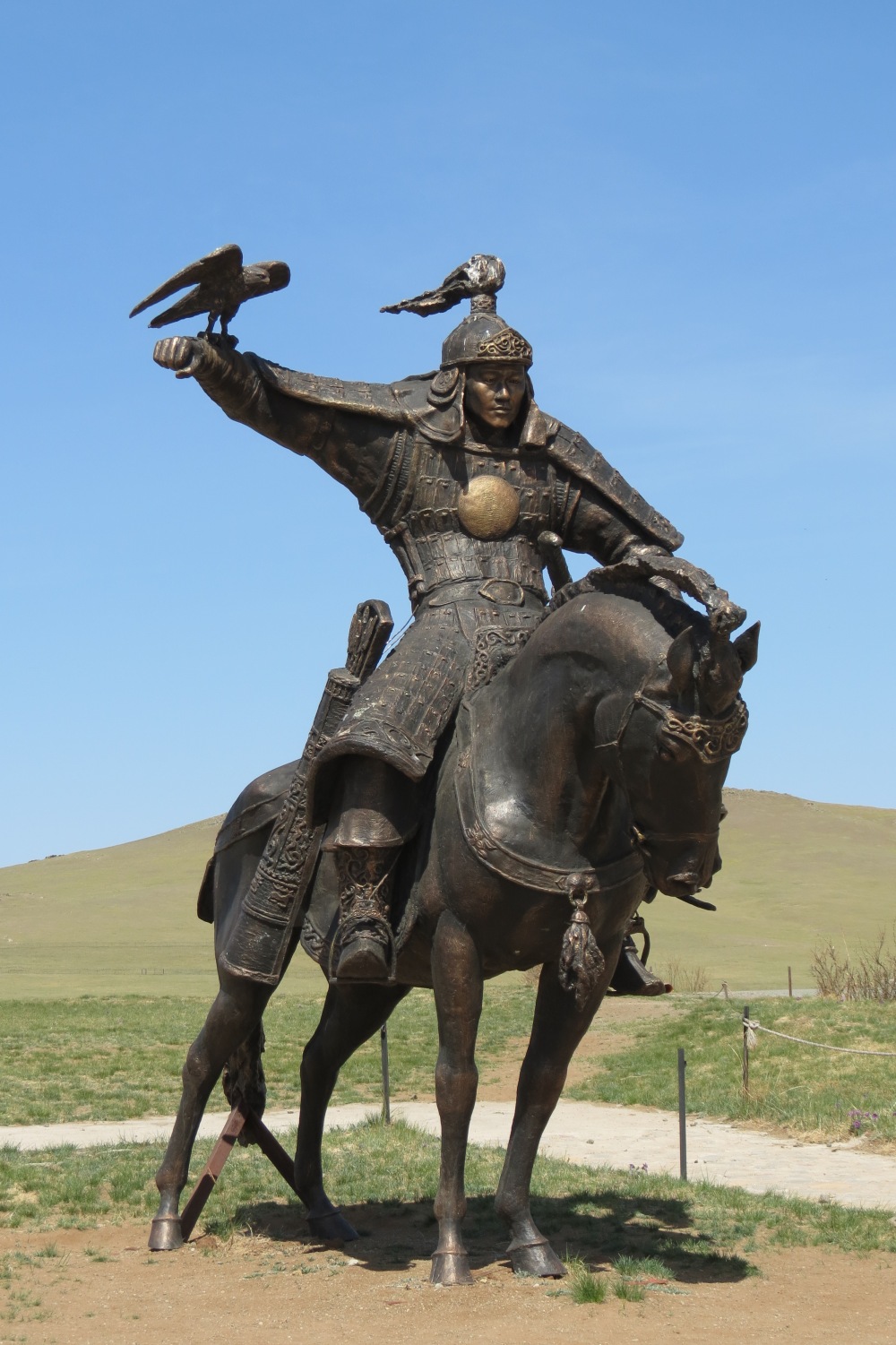
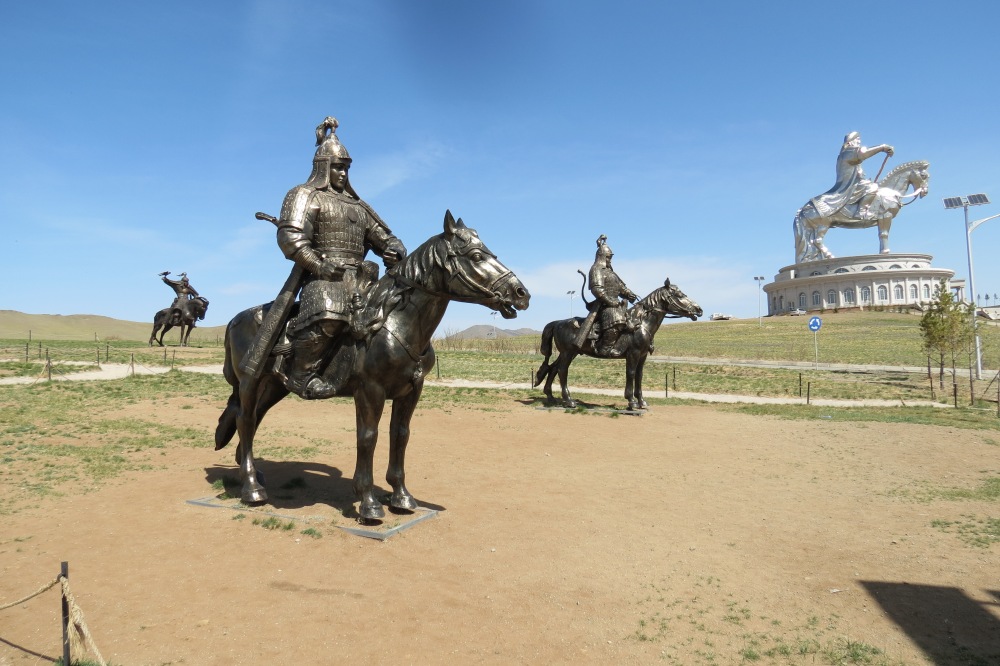



I really love the photos of Mongolia and you walking on the man made bridge. Don’t know what it is called, anyway you are so brave to walk on it. That place I would find very interesting because it seems like the end of time. It looks like a dessert, and didn’t have any grass, not many houses was there. I can’t explain why either.
Wonder how the story goes about Russia Mongolia, as to-the history between the two countries. Where do you get all these terrific photos?
How are you holding up? I tell you what…if I were seeing all these places, it would clear up my depression of loneliness.
LikeLike
Holding up well, a little more than a week to go. Russia/China/Mongolia history is interesting, we just really scratched the surface.
LikeLike